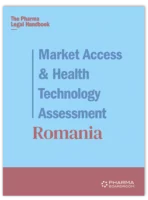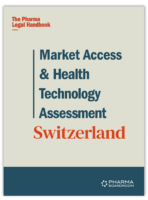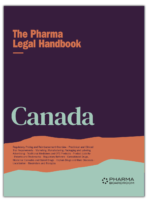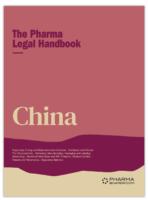Product Liability
Tilleke & Gibbins / Vietnam
- What types of liability are recognized in your jurisdiction?
The following types of liability are recognized under Vietnamese laws: disciplinary liability, administrative liability, civil liability and criminal liability.
- How do these types of liabilities apply to the manufacturers of medicines and devices?
Provisions on product liability can be found in a variety of legislation, as follows:
- Law on Quality of Products and Goods No. 05/2007/QH12 dated 21 November 2007;
- Law on Consumer Protection No. 19/2023/QH15 dated 20 June 2023; and
- Civil Code No. 91/2015/QH13 dated 24 November 2015.
This legislation provides mostly for administrative liability, i.e., the administrative fines and additional penalties in case of defective medicines or devices. The Civil Code provides for the tortious basis for a consumer/victim to claim damages against the tortfeasor.
- Does potential liability extend to the manufacturer only or could claims extend to corporate executives, employees, and representatives?
Under the Law on Consumer Protection, liability extends to the following entities:
- The manufacturer, importer, holder of affixed trademarks, and direct supplier (such as retailer) of the product, entities performing commercial intermediary activities for products, and other entities responsible for products according to other relevant legal provisions are liable for all actual damages directly caused by defective products, regardless of intent.
- If the manufacturer, importer, or holder of affixed trademarks of the product, entities performing commercial intermediary activities for products, or other entities responsible for products according to other relevant legal provisions cannot be determined, the direct supplier must be liable for all actual damages directly caused by defective products.
- If multiple entities as specified above jointly cause damage, those entities must jointly compensate the consumer for the damage.
- The goods trader is responsible for providing accurate information about the product to the consumer.
For defective medicinal products, the following entities can be liable under the Law on Pharmacy, the Law on Consumer Protection and Circular 08:
- Manufacturers, importers, import commission agents, distributors, and retailers are liable for the quality of the medicine they manufacture or import or trade.
- MA holders are liable for the safety, effectiveness, and quality of their medicines, and for ensuring that the medicines are distributed in the market in accordance with the MA
- How can a liability claim be brought?
Complaints
Consumers have the right to lodge complaints on inferior-quality medicines with a consumer protection authority (e.g., the Consumer Protection Division under the Vietnam Competition and Consumer Protection Administration of the Ministry of Industry and Trade, the provincial People’s Committees, the provincial Departments of Industry and Trade, and units under the district People’s Committees).and claim compensation from the manufacturers and traders for damages caused by the medicines. The law does not state any limitation periods that apply to a consumer protection rights’ claim.
Class actions
Vietnam does not provide for class-action lawsuits of the kind found in other jurisdictions. Under the 2015 Civil Procedure Code, multiple parties (co-plaintiffs) can bring a lawsuit against another party regarding one legal relation or many interrelated legal relations for settlement in the same case.
Also, depending on the case, organizations protecting consumer and social interests are allowed to bring civil lawsuits to request courts to protect the public interest.
- What defences are available?
For product liability claims, the Law on Consumer Protection sets out that:
- The claimant has the burden of proof to show that it has suffered damage as a direct and foreseeable result of a product defect, and her or she was not at fault for causing the loss and damage;
- The defendant is not liable to pay compensation for loss and damage if it can prove that the defect in the goods was undiscoverable by scientific or technical standards at the time the trader supplied goods to the consumer and the defendant has fully applied the measures prescribed in the articles on liability for defective products and goods, and consumers have fully received information but still intentionally use defective products and goods, causing damage.



































































